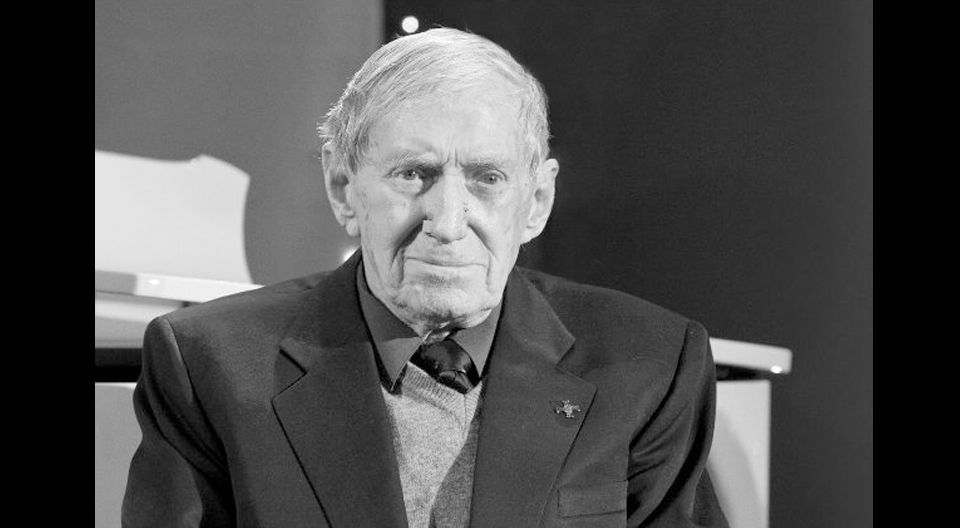08.
12.
2014.
Others
Others
On December 8 Jan Laskowski, a cinematographer and Lodz Film School graduate, died in Warsaw at the age of 86.
Jan Laskowski graduated from the Cinematography Department of the Lodz Film School in 1955. He was not only a cinematographer but also a screenwriter and a film director. He was a camera operator in Andrzej Munk's film „Człowiek na torze” (1956) . Together with Mieczysław Jahoda he shot the film „Pożegnania” (1958) by Wojciech Jerzy Has. He worked as an independent DOP in Tadeusz Konwicki's film "Ostatni dzień lata" (1958), which was his debut as a cinematographer. The film has been recognized as the beginning of the Polish New Wave and is one of the best films in the post-war Polish cinema. Jan Laskowski also made his name being a cinematographer in the films "Do widzenia, do jutra" (1960) by Janusz Morgenstern and "Bariera" (1966) by Jerzy Skolimowski. He also worked as a cinematographer with the director Stanisław Bareja on the films „Poszukiwany, poszukiwana” (1972) and „Co mi zrobisz jak mnie złapiesz” (1978). Jan Laskowski is also the author of numerous screenplays. Together with Wilhelmina Skulska he wrote a screenplay for the series „Doktor Ewa” (1970) directed by Henryk Kluba. Laskowski also shot some documentaries. In 1962 he made a film „Zbyszek” devoted to Zbyszek Cybulski, a famous Polish actor, who had died tragically.
Tadeusz Konwicki about Jan Laskowski: "My strength mostly lay on the genius of Jan Laskowski. I knew that with him I could defeat each obstacle."
A quotation from a book “Tadeusz Konwicki. I remember it was hot” by Katarzyna Bielas and Jacek Szczerba
Paweł Edelman about Jan Laskowski: - Amazing black and white photography by Laskowski in the films "Ostatni dzień lata", "Do widzenia, do jutra..." and "Jowita" by Morgenstern, was for us, Film School students, an unsurpassed standard. His work as a cinematographer depicts Laskowski’s source of inspiration which was the aesthetics of the Italian Neo-realism. Laskowski would show the drama of ordinary people's lives creating rich psychological portraits of the characters, and at the same time using soft and moderate light. A quotation from an interview for the Polish radio.
Tadeusz Konwicki about Jan Laskowski: "My strength mostly lay on the genius of Jan Laskowski. I knew that with him I could defeat each obstacle."
A quotation from a book “Tadeusz Konwicki. I remember it was hot” by Katarzyna Bielas and Jacek Szczerba
Paweł Edelman about Jan Laskowski: - Amazing black and white photography by Laskowski in the films "Ostatni dzień lata", "Do widzenia, do jutra..." and "Jowita" by Morgenstern, was for us, Film School students, an unsurpassed standard. His work as a cinematographer depicts Laskowski’s source of inspiration which was the aesthetics of the Italian Neo-realism. Laskowski would show the drama of ordinary people's lives creating rich psychological portraits of the characters, and at the same time using soft and moderate light. A quotation from an interview for the Polish radio.
